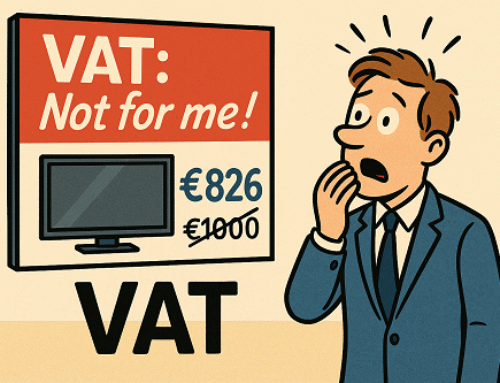Cats played a big role in ancient Egypt, where they were prized for keeping homes clear of rats and venomous snakes. Families would name their cats and give them jewelled collars, but they were allowed to roam wherever they pleased. In fact, cats were so revered that when one died, families would mourn by shaving their eyebrows. (Imagine doing that for your cat today—your colleagues might notice.)
Even the modern word “cat” goes back to Egypt! The African word quattah inspired most European counterparts like the Spanish gato, the French chat, and the Dutch kat. This linguistic migration happened despite Egyptian laws that strictly banned the export of cats—though some crafty Greeks smuggled a few out. (Tax evasion? Perhaps not. Feline evasion? Certainly.)
Fast forward a few millennia and cats are still very much in charge. In the Alaskan town of Talkeetna, a cat named Stubbs served as the honorary mayor for 20 years. I believe that if more towns appointed feline leaders, the world might be a better place. With more scratch-poles, yes—but that seems like a small price to pay for global peace.
Cats have also taken over our homes and—since the rise of remote work—our Teams meetings. They pop up uninvited, sit on keyboards, and occasionally flash their tail ends to startled business associates. This isn’t bad behavior; it’s a public service. They’re simply reminding everyone who’s really in charge.
And when meetings end, you must return to your most sacred duty: feeding the cat.
Which brings us—inevitably—to VAT.
Feeding animals may seem straightforward, but VAT law finds nuance in even the simplest things. Many countries apply a reduced VAT rate to animal foodstuff, but defining exactly what qualifies isn’t always so easy. There’s a difference between “animal food” and “pet food,” and even further distinctions between food for pets and food for working animals. These categories often come with their own VAT rates and eligibility criteria. Your horse may be a companion—or a plough-puller. That changes things.
These classification headaches also apply to human food. In the Netherlands, there was a discussion around introducing a VAT zero-rate for fresh fruit and vegetables. Noble intention—but in practice, it turned out to be a regulatory hairball. A study showed it was too complex to define “fresh and unprocessed” consistently. Does pre-cut melon count? What about frozen spinach? The answer, as with most things VAT-related, is: “it depends.”
At least cats are simple. They don’t care if it’s zero-rated, exempt, or subject to the standard rate. They care that it’s on time, in the bowl, and—ideally—not the cheap brand.
But for businesses, the stakes are higher. Navigating VAT rules—whether on foodstuff, exemptions, or reduced rates—is rarely as black and white as a tuxedo cat. Definitions shift, interpretations evolve, and small distinctions can have big consequences. One wrong classification can turn your reduced-rate dream into a compliance nightmare.
That’s why it pays to seek advice. Consult a VAT specialist, call in an interim expert, or at the very least—ask someone who’s already wrestled with the claws of complexity.
A cat may have nine lives, but your business is expected to get it right the first time.
